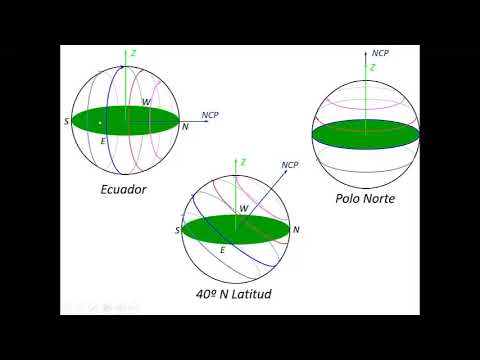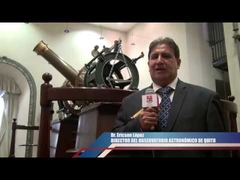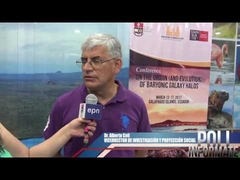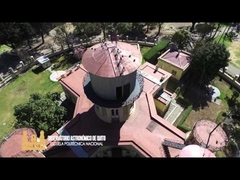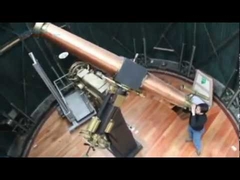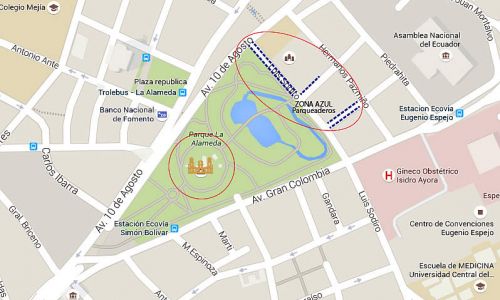Filament formation in wind–cloud interactions– II. Clouds with turbulent density, velocity, and magnetic fields
abstract
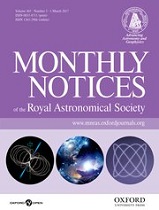
We present a set of numerical experiments designed to systematically investigate how turbulence and magnetic fields influence the morphology, energetics, and dynamics of filaments produced in wind–cloud interactions. We cover 3D, magnetohydrodynamic systems of supersonic winds impacting clouds with turbulent density, velocity, and magnetic fields. We find that lognormal density distributions aid shock propagation through clouds, increasing their velocity dispersion and producing filaments with expanded cross-sections and highly magnetized knots and subfilaments. In self-consistently turbulent scenarios, the ratio of filament to initial cloud magnetic energy densities is ∼1. The effect of Gaussian velocity fields is bound to the turbulence Mach number: Supersonic velocities trigger a rapid cloud expansion; subsonic velocities only have a minor impact. The role of turbulent magnetic fields depends on their tension and is similar to the effect of radiative losses: the stronger the magnetic field or the softer the gas equation of state, the greater the magnetic shielding at wind–filament interfaces and the suppression of Kelvin–Helmholtz instabilities. Overall, we show that including turbulence and magnetic fields is crucial to understanding cold gas entrainment in multiphase winds. While cloud porosity and supersonic turbulence enhance the acceleration of clouds, magnetic shielding protects them from ablation and causes Rayleigh–Taylor-driven subfilamentation. Wind-swept clouds in turbulent models reach distances ∼15–20 times their core radius and acquire bulk speeds ∼0.3–0.4 of the wind speed in one cloud-crushing time, which are three times larger than in non-turbulent models. In all simulations, the ratio of turbulent magnetic to kinetic energy densities asymptotes at ∼0.1–0.4, and convergence of all relevant dynamical properties requires at least 64 cells per cloud radius.



